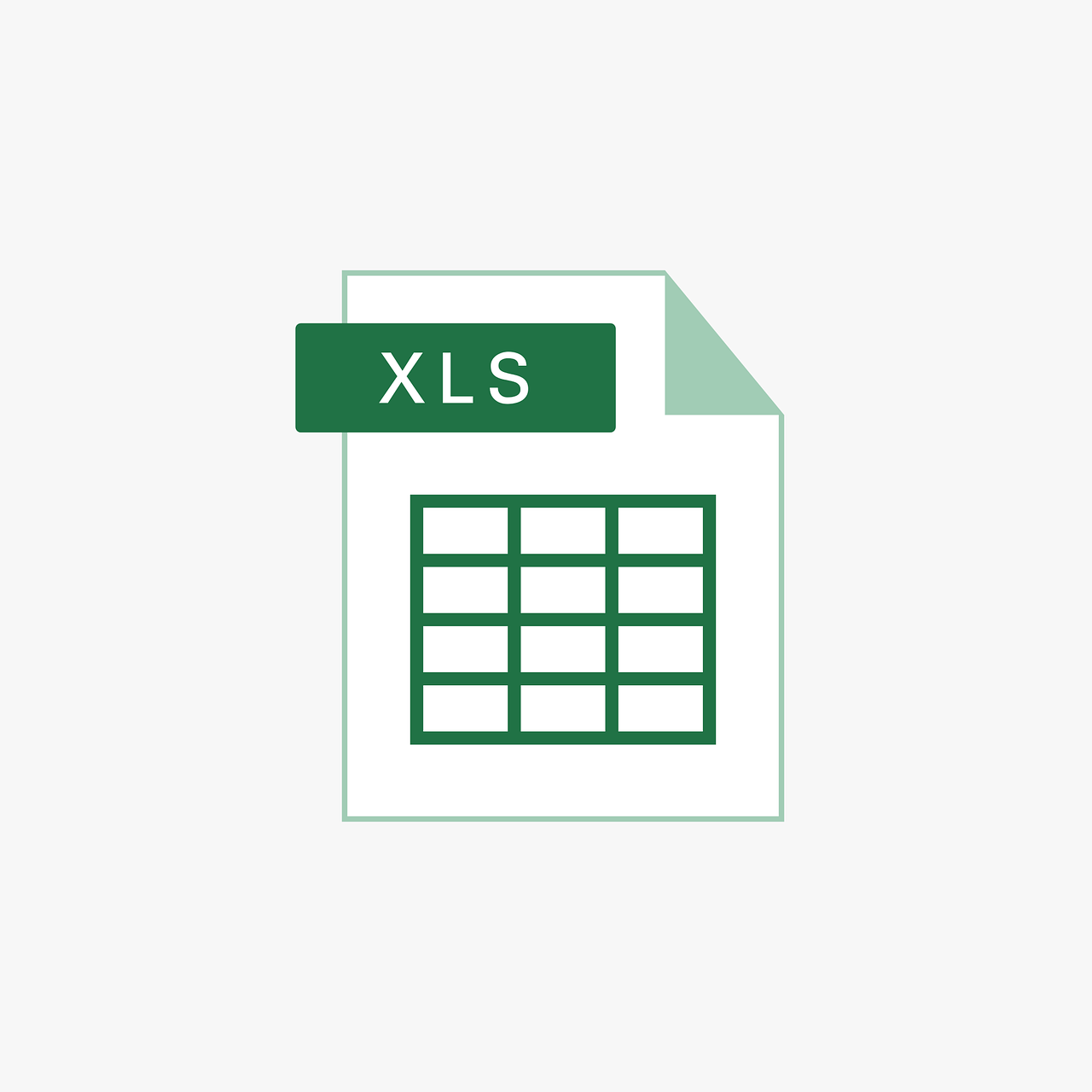“`html
Understanding Excel VBA: CustomDocumentProperties
Microsoft Excel VBA (Visual Basic for Applications) provides a powerful set of tools for automating tasks and extending Excel’s capabilities. One of the lesser-known yet incredibly useful features within VBA is CustomDocumentProperties. In this blog post, we will explore what CustomDocumentProperties are, how to use them, and provide examples to help you leverage this feature effectively.
What are CustomDocumentProperties?
CustomDocumentProperties in Excel VBA are a type of document property that allows users to store custom metadata within an Excel workbook. These properties can be used to store additional data such as project information, author details, or any other custom data that you may want to associate with your workbook. Unlike standard built-in properties (e.g., Title, Author, etc.), CustomDocumentProperties can be defined by the user, offering greater flexibility.
How to Access CustomDocumentProperties in Excel VBA
Accessing CustomDocumentProperties in Excel VBA is straightforward. These properties are part of the Workbook object and can be accessed or modified using VBA code. Here’s a basic overview of how you can work with these properties:
Accessing CustomDocumentProperties
To access CustomDocumentProperties, you will typically start by referencing the workbook object. Here is a simple example:
Dim customProps As DocumentProperties
Set customProps = ThisWorkbook.CustomDocumentProperties
In this example, ThisWorkbook refers to the workbook where the VBA code is running, and CustomDocumentProperties returns the collection of custom properties associated with that workbook.
Adding a Custom Property
To add a new custom property, you can use the Add method. Here is an example of how to add a custom property named “ProjectName”:
customProps.Add Name:="ProjectName", LinkToContent:=False, Type:=msoPropertyTypeString, Value:="VBA Automation"
In the above code, Name specifies the name of the property, LinkToContent indicates whether the property is linked to content in the document, Type specifies the data type of the property, and Value is the value assigned to the property.
Retrieving a Custom Property
Once a custom property is added, you can retrieve its value using the following code:
Dim projectName As String
projectName = customProps("ProjectName").Value
MsgBox "Project Name: " & projectName
This code snippet retrieves the value of the “ProjectName” property and displays it in a message box.
Practical Example: Using CustomDocumentProperties
Let’s dive into a practical example to illustrate how CustomDocumentProperties can be used in a real-world scenario. Suppose you are working on a collaborative project and need to track the version of the project workbook. You can use a custom property to store and update the version number.
Step 1: Adding a Version Property
First, add a custom property to store the version number:
Sub AddVersionProperty()
Dim customProps As DocumentProperties
Set customProps = ThisWorkbook.CustomDocumentProperties
customProps.Add Name:="Version", LinkToContent:=False, Type:=msoPropertyTypeString, Value:="1.0"
End Sub
Step 2: Updating the Version Property
Whenever you update the workbook, you can increment the version number using the following macro:
Sub UpdateVersionProperty()
Dim customProps As DocumentProperties
Set customProps = ThisWorkbook.CustomDocumentProperties
Dim currentVersion As String
currentVersion = customProps("Version").Value
customProps("Version").Value = IncrementVersion(currentVersion)
End Sub
Function IncrementVersion(version As String) As String
Dim versionParts() As String
versionParts = Split(version, ".")
versionParts(UBound(versionParts)) = CStr(CInt(versionParts(UBound(versionParts))) + 1)
IncrementVersion = Join(versionParts, ".")
End Function
This code splits the current version string, increments the last number, and then joins the parts back together, effectively increasing the version number by one.
Benefits of Using CustomDocumentProperties
Utilizing CustomDocumentProperties in Excel VBA offers several advantages:
- Centralized Data Management: Store and manage custom data within the workbook itself.
- Enhanced Collaboration: Easily share metadata with collaborators without altering the workbook’s structure.
- Automation: Automate processes based on metadata, such as version control or project tracking.
Conclusion
CustomDocumentProperties in Excel VBA provide a flexible and powerful way to store and manage custom metadata within your workbooks. Whether you are tracking project details, managing version numbers, or storing any other custom data, this feature can enhance your workflow and improve collaboration. By incorporating these properties into your VBA projects, you can unlock new levels of automation and efficiency.
For more advanced VBA techniques, check out our VBA Guide or visit Microsoft’s Official Documentation for detailed information on Excel VBA.
“`

